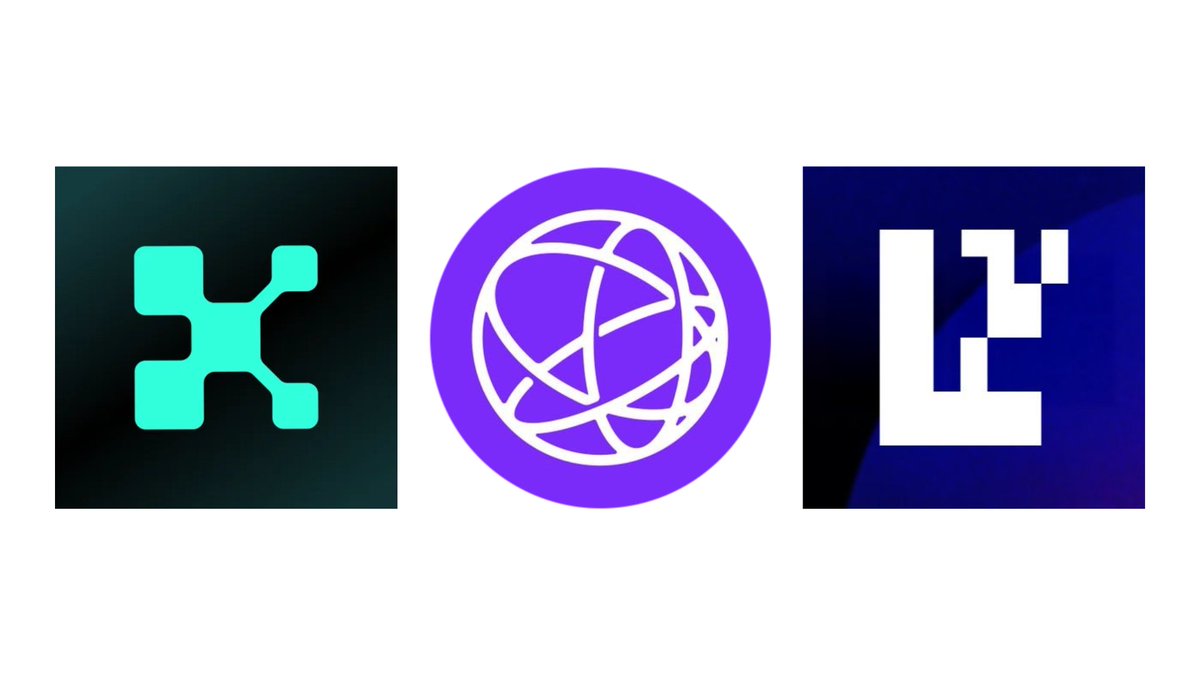Reflections on the word "narrative".
The word narrative is used very frequently and is familiar in crypto. In fact, I wasn't that familiar with the word narrative before entering the crypto space.
"Narrative is important" is a phrase that is used in many contexts. Whether looking for an investment opportunity, choosing a market as a builder, or marketing a product, the word narrative is often used.
However, I feel that many people proceed with investments without truly trying to grasp the meaning of such a frequently used and important word.
Narrative, by its literal meaning, refers to storytelling, a narrative, or a story that connects events. When looking at just the meaning, it does feel quite abstract compared to how we commonly use the word narrative.
As a result of my thoughts, I concluded that narrative ultimately starts from the market's pain points.
@KaitoAI has become a leader in the narrative of InfoFi by addressing the pain points of tired marketing methods of existing web3 quest platforms and struggling projects and users.
@celestia has become a leader in the narrative by providing a solution called DA Layer to address the limitations of scalability that Ethereum faces, thus solving the pain points of chain builders.
@eigenlayer has become a leader in the narrative by solving security issues faced by Ethereum middleware and modular infrastructures through a solution called Shared Security.
Projects that have become new leaders in the narrative have identified the pain points existing in the market, gained empathy from them, and risen to leadership. Of course, among them, there are cases where they fail to prove a clear use case compared to the hypotheses they presented. In crypto, it has often been difficult to say that the hype of a project arises from a clear use case.
However, the important thing is that the pain points they defined have gained market empathy.
Currently, stablecoins, RWA, and institutional adoption occupy a significant part of the narrative. If you want to understand this narrative, you need to analyze what pain points stablecoins, RWA, and tokenization are trying to solve in the market and how much empathy they will gain from the market.
It is a challenging task, but developing the ability to define market problems and identify pain points may be the way to survive in the crypto market in the long run.
(And I, too, as a newbie, want to meet people in CT who will grow their abilities together.)
Show original
3.03K
5
The content on this page is provided by third parties. Unless otherwise stated, OKX is not the author of the cited article(s) and does not claim any copyright in the materials. The content is provided for informational purposes only and does not represent the views of OKX. It is not intended to be an endorsement of any kind and should not be considered investment advice or a solicitation to buy or sell digital assets. To the extent generative AI is utilized to provide summaries or other information, such AI generated content may be inaccurate or inconsistent. Please read the linked article for more details and information. OKX is not responsible for content hosted on third party sites. Digital asset holdings, including stablecoins and NFTs, involve a high degree of risk and can fluctuate greatly. You should carefully consider whether trading or holding digital assets is suitable for you in light of your financial condition.

